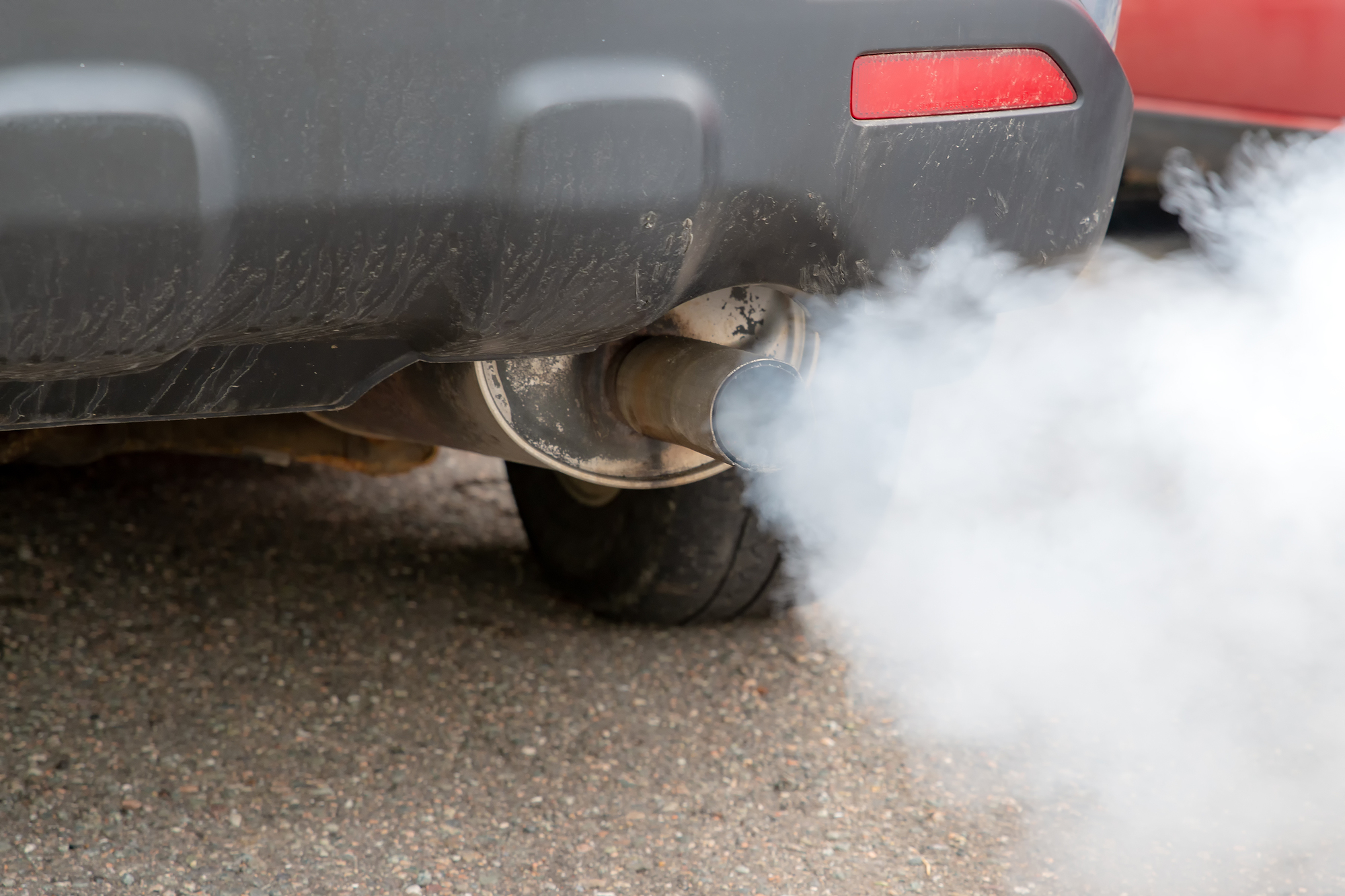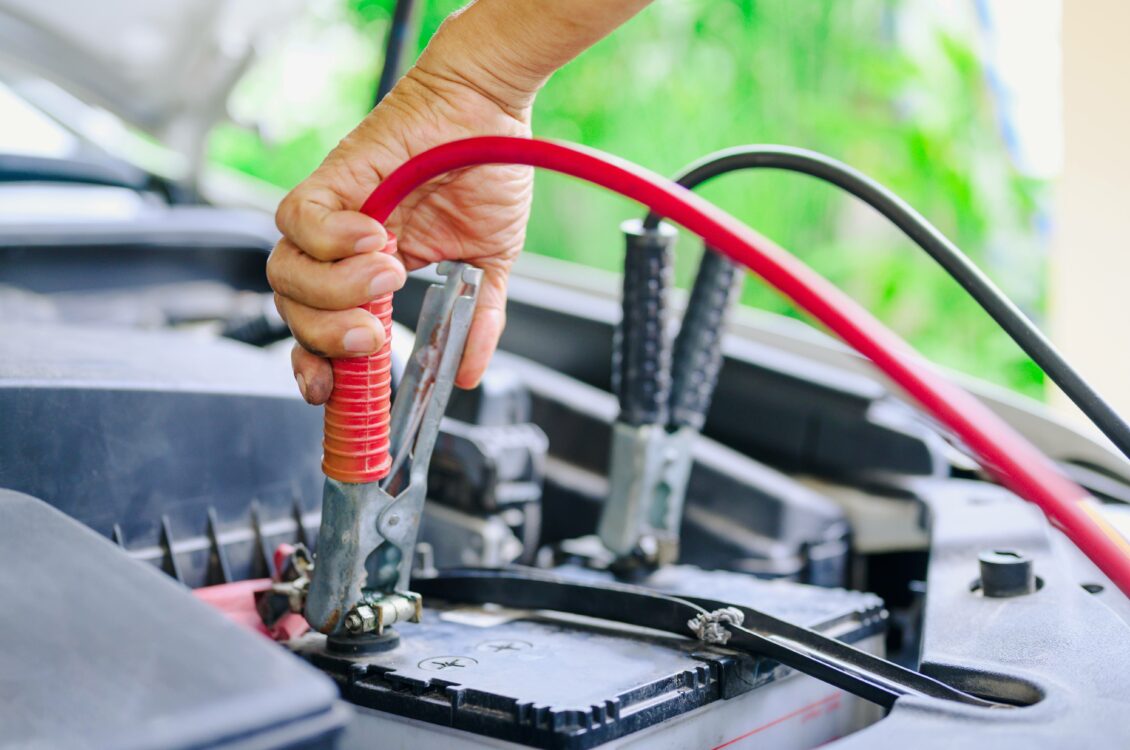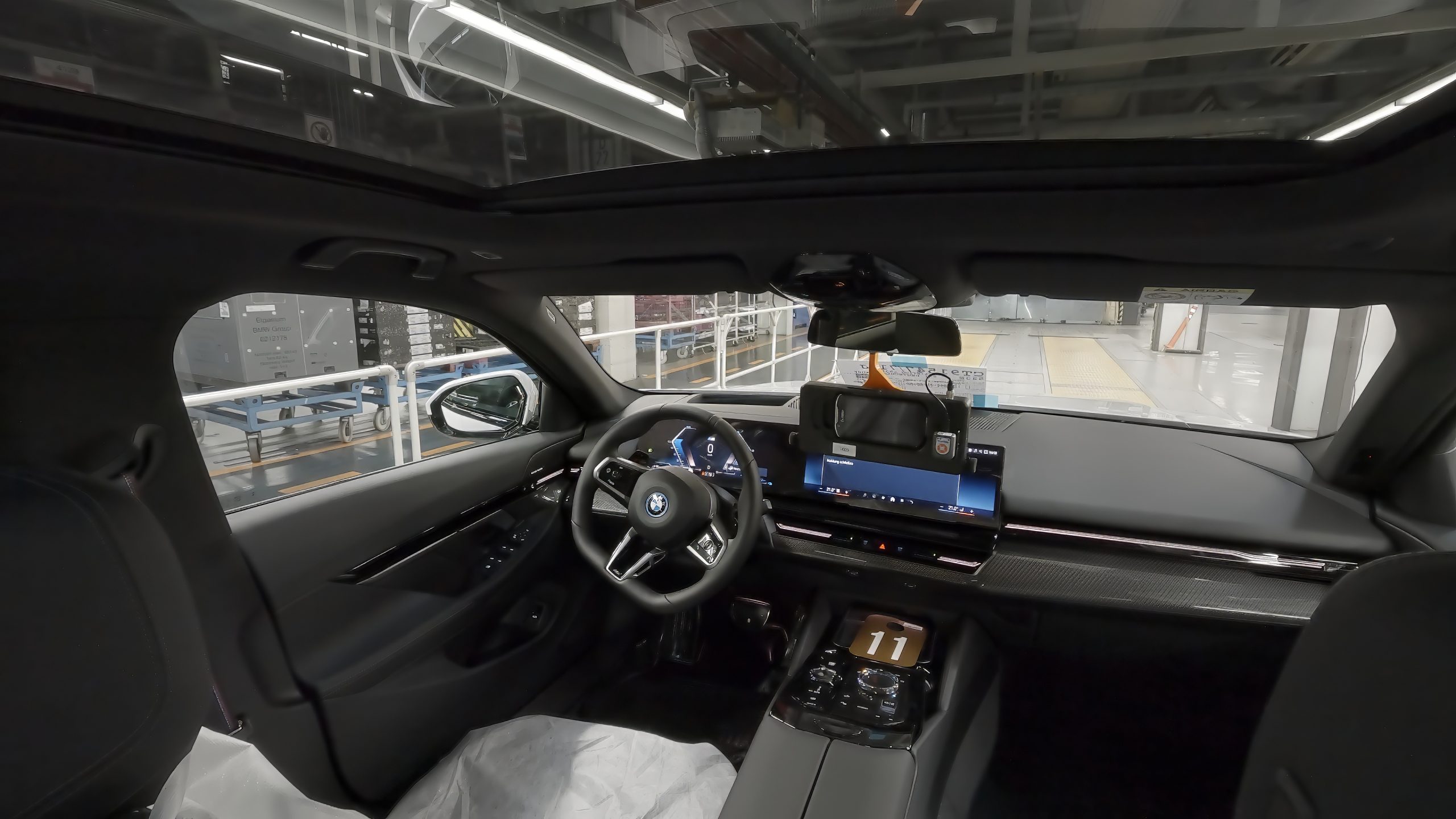How to make AC colder in car
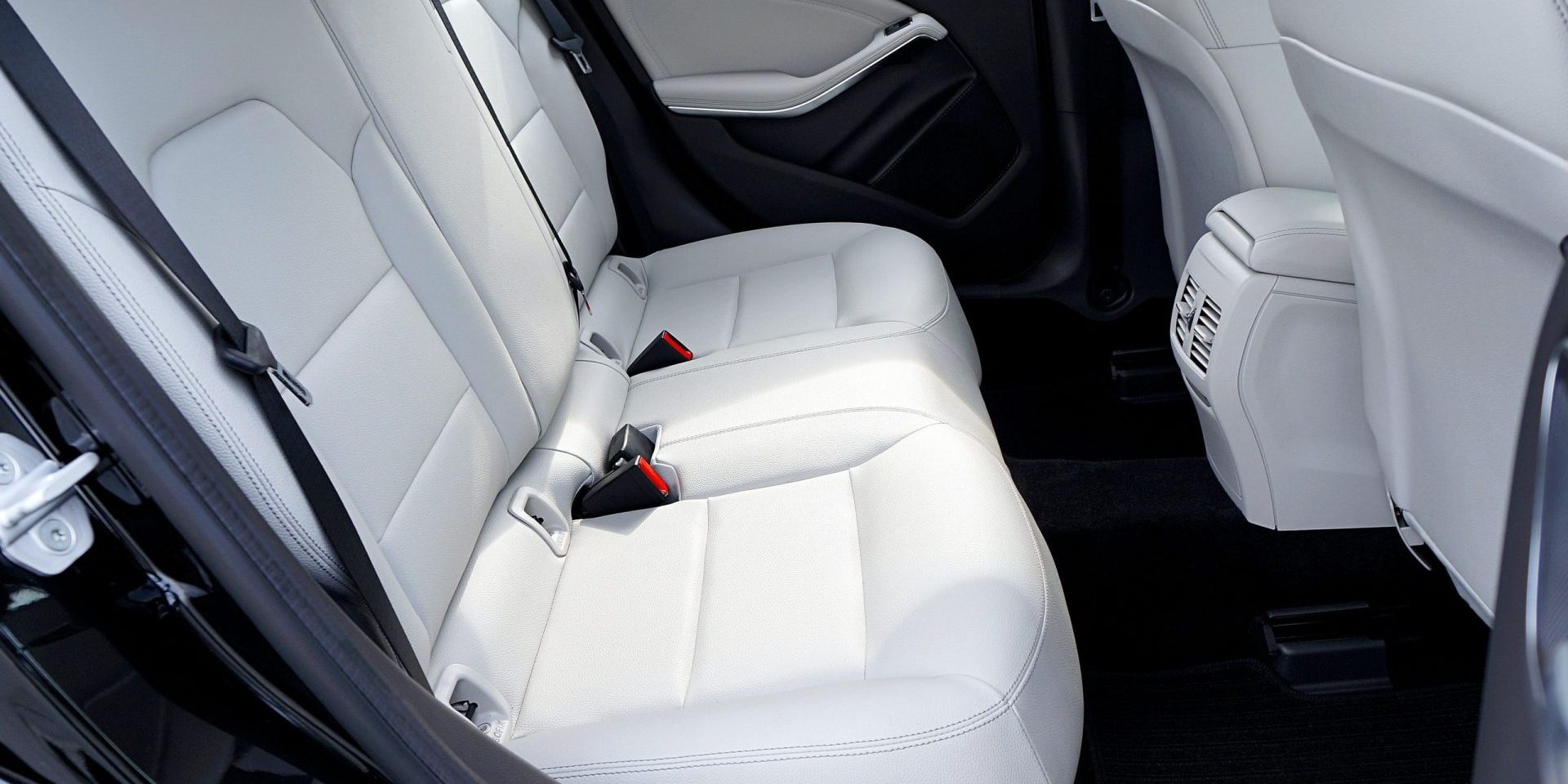
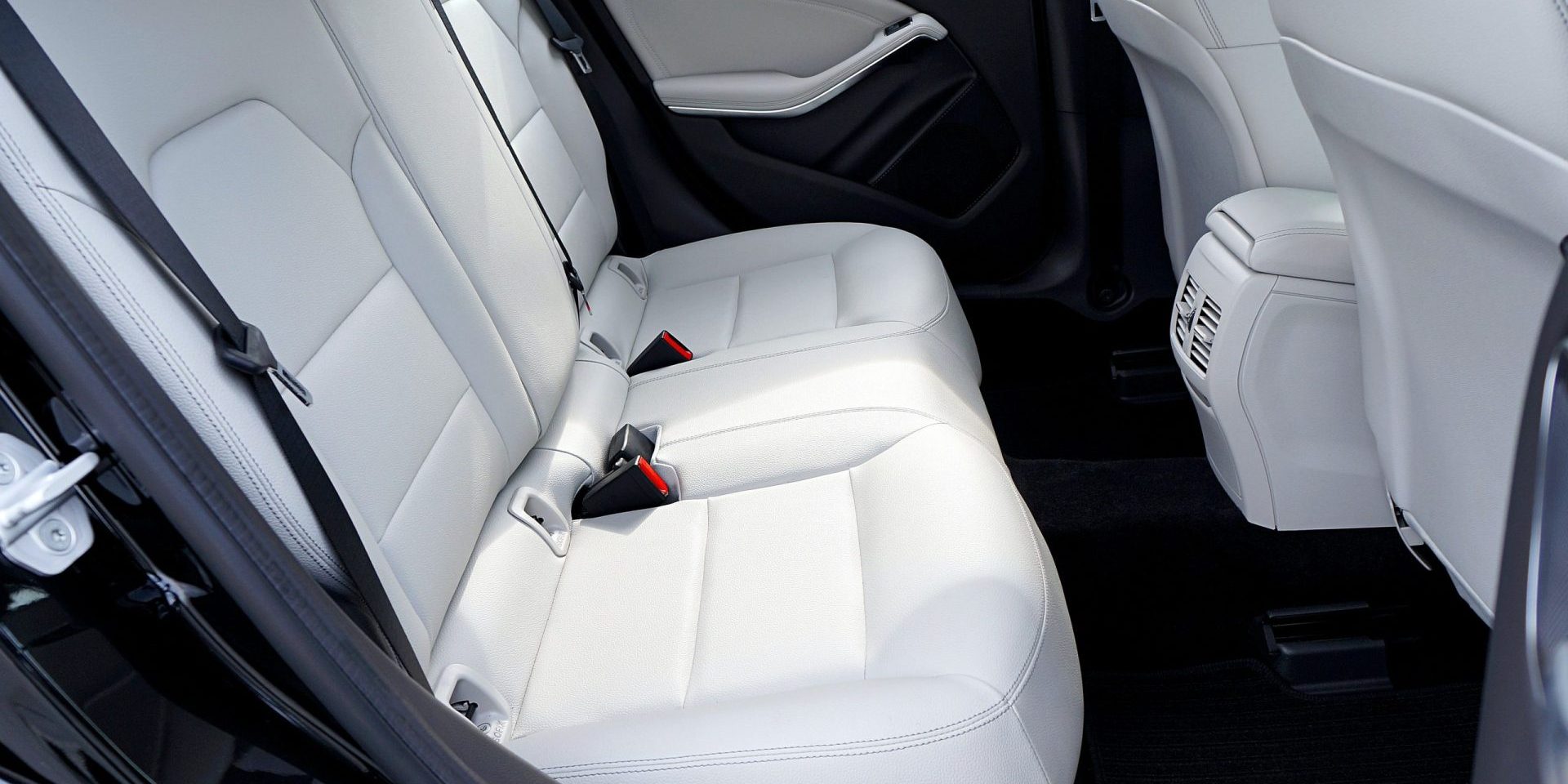
To maximize the coolness of your car’s air conditioning system, optimizing the airflow is key. Ensuring that the air circulates efficiently through your car can make a significant difference in cooling performance.
- Start by adjusting the vents on your dashboard to direct airflow towards you and away from any obstructions, including passengers and luggage.
- If your car has a cabin air filter, clean or replace it regularly as clogged filters can reduce airflow.
- If possible, crack your windows an inch or two to promote ventilation and prevent heat buildup when parked in direct sunlight.
- Use a sunshade or tinted windows to keep out direct sunlight that can heat up your car’s interior, making it harder for your AC system to cool effectively.
- If all else fails, check with a trusted mechanic as they may have additional suggestions based on the specifics of your vehicle’s make and model.
It’s worth noting that AC performance can also be affected by issues like low refrigerant levels or mechanical problems. If you’ve tried all of these airflow optimization techniques and are still having trouble keeping cool, it may be time for professional diagnosis and repair services.
Clean or Replace Cabin Air Filter
Regularly cleaning or replacing the cabin air filter is crucial for maintaining a comfortable temperature in your car. A dirty air filter can reduce airflow and increase strain on the AC system, leading to warmer air blowing from the vents.
To clean or replace the cabin air filter:
- Locate the cabin air filter. Check your car’s manual for details.
- Remove the old filter carefully if it is disposable, or clean it thoroughly according to instructions if it is reusable.
- If cleaning, use compressed air or gentle cleaning solutions to remove dust and debris.
- Allow the filter time to dry completely before reinserting it into its slot
- If replacing, purchase a high-quality replacement filter suitable for your car make and model.
- Insert the new filter firmly, ensuring that it sits flush with its housing.
It’s important to note that every car has a different maintenance schedule, so be sure to check your manual for recommended intervals for changing filters.
A clogged or dirty cabin air filter can also lead to unpleasant smells circulating in your vehicle. Regular maintenance of this essential component can improve overall air quality and reduce allergens in the cabin.
According to history, cabin filters were not commonly found in cars until 2002. The increasing number of vehicles on roads also led to an increase in pollution levels resulting in more need for efficient filtration hence why manufacturers began installing filters.
Check Refrigerant Levels
Regular HVAC diagnosis is a critical maintenance task for car owners. It helps keep your vehicle’s climate system running smoothly and efficiently, thereby ensuring a comfortable driving experience. One useful step you can take as part of an inspection is to evaluate the level of refrigerant in your vehicle.
- Locate the Low-Pressure Port
- Turn On Your AC System at Maximum Capacity
- Attach Pressure Gauge to Low-Pressure Port
- Read the Pressure Gauge
- Compare Readings with Manufacturer’s Recommendations
To improve the quality of air conditioning in your vehicle, one additional tip is to ensure that there are no leaks or damages within the distribution system. It can go a long way to enhance coolness levels throughout the cabin.
Not too long ago, refrigerant in automobiles was CFC-based and contributed to ozone depletion. Now, modern air conditioning systems work on greener HFC Refrigerants like R-134a or R-1234yf – a positive change that has not only benefitted our environment but also improved AC performance.
Inspect A/C Condenser and Evaporator
The A/C system in your car comprises the evaporator and condenser, both of which require checking regularly to ensure optimal functionality. The evaporator, located inside the car’s cabin, collects heat from the air blowing over it, cooling it by exchanging heat with refrigerant. The condenser, positioned at the front of the vehicle, turns that now-hot refrigerant back into a gas while expelling heat into the surrounding air.
To inspect these components properly, begin by checking for leaks in each part of the A/C system. Check all hoses and fittings for signs of wear or damage that could allow refrigerant leakage. Inspect the evaporator for clogs caused by dust or debris buildup; this reduces airflow through coils leading to a decrease in cooling efficiency. Use a flashlight and mirror to check whether any debris is visible in the coils.
As you examine each part of your A/C system, pay attention to weak spots and worn-out areas around seals and gaskets. Look for corrosion on metallic components like fittings and especially around welds where cracks can develop over time.
Regular maintenance of your A/C system can help avoid costly repairs down the line — by preventing issues before they occur! Therefore, if you want to maximize your car’s cooling effect while minimizing upcoming repair expenses, take care to inspect both parts regularly.
Keep Windows and Doors Closed
To improve the air conditioning in your car, it is important to keep all windows and doors securely closed. This allows the cool air to circulate inside the car more efficiently and prevents warmer outside air from entering. Inspect window seals regularly to ensure they are tight and not allowing air leaks.
In addition, using shades or tinted windows can also help block out excess sunlight and heat, allowing your AC system to work better. Remember to turn off your car’s recirculation mode occasionally, especially in humid conditions, as this can lead to a buildup of moisture inside the vehicle.
For optimal performance, consider getting your AC system checked by a professional mechanic and replace any faulty parts such as filters, compressors, or refrigerants. Also, avoid overloading the car with passengers or objects as this increases the temperature inside the vehicle.
By following these simple steps and keeping all windows and doors closed while driving, you can not only improve the effectiveness of your car’s AC system but also make your journey more comfortable during hot summer days.
Use Sunshades or Window Tint
Sunscreen and Window Films to Improve Car Air-Conditioning Efficiency
One of the best ways to make your car’s air conditioning colder is to reduce the amount of heat that enters it. Sunshades or window tint are great tools in achieving this goal. Below are some ways these items can help improve your car’s air-conditioning efficiency:
- Use a high-quality windshield sunshade or tint – UV rays often enter cars through the windshield, causing the cabin temperature to rise. A high-quality windshield sunshade or tint will significantly reduce this effect.
- Install side-window shades – These prevent sunlight from entering through the sides of your car, reducing overall heat within the cabin.
- Apply high-performance window film – Window films are more effective at blocking solar heat than regular tints. They also provide better privacy and protection compared to other types of sunshades.
- Clean windows regularly – An accumulation of dirt and grime on your windows can cause interference with sunlight-blocking materials like tints and window films.
Keep in mind that while sunshades and window tints can prevent excessive heat buildup in summer, they may not be as effective in cold weather. Moreover, avoid parking under direct sunlight for extended periods without airflow.
A friend once shared a story about how she improved her car’s air-conditioning by installing professional-grade window films despite its higher cost. Previously, she had installed inexpensive tints which didn’t help much during extremely hot weather. The difference was instant; there was a significant improvement in her car’s interior temperature after installation.
Park in the Shade
Finding a shaded area to park your vehicle is an effective solution to make the air conditioning system in your car colder. This is because parking under direct sunlight raises the temperature inside the cabin and makes it more difficult for the A/C unit to cool down the interior. When you park under a shade, you minimize this heat from entering your vehicle and maintain a cool temperature inside while driving.
One way to find a spot under a shade is by using apps or websites that provide real-time data on nearby trees or other shade sources. You can also look for natural shades like tall buildings, fences, or structures that block direct sunlight. Additionally, making use of a reflective windshield sunshade can reduce the amount of heat transmitted from outside and help maintain lower temperature levels in your car’s cabin.
Remember that not all shades are equally effective. Don’t park under trees with drooping branches or near areas where birds roost as this could cause more harm than good. Instead, go for hard shelters that deflect sunlight effectively.
Pro Tip: Keep in mind that regularly servicing your car’s air conditioning unit will help it run more efficiently and cool down faster even when parked under direct sunlight.
Use a Ventilation Fan
Utilizing an airflow enhancing device can help make your car’s AC colder and more efficient by creating better air circulation. Here is a six-step guide to improving your car’s ventilation:
- Roll down your windows slightly to release any trapped hot air.
- Adjust your air conditioning system to bring in fresh air from outside instead of recycling indoor air.
- Select the option on your system that directs the airflow through the upper vents rather than lower ones.
- Switch on the ventilation fan at its highest speed setting to draw colder, fresher outdoor air into the car.
- Place a small portable fan on your dashboard or in one of the rear seat windows to augment the airflow around the cabin.
- Maintain adequate distance between yourself and other passengers while sitting in front of or next to a ventilator fan, as it could cause discomfort or irritation without proper spacing.
It is important not to block any vents with personal belongings or other items, as this could disrupt proper airflow. By following these steps, you can increase coldness and efficiency inside your vehicle.
Another crucial thing to note is that you should never leave children or pets in parked vehicles with running AC units. Heatstroke can occur rapidly under such circumstances, even when temperatures seem mild.
In addition to using ventilation fans, there are a few extra measures that you can take for enhanced cooling purposes. For starters, parking under shade or inside a garage will prevent excessive heat buildup inside cars. Also cleaning out various parts like filters will ensure adequate flow rates of coolant gases. Finally upgrading regular evaporative coolers with more advanced ones can decrease humidity content accordingly. With these tips and techniques, making your car’s AC colder can be much easier.
Use Seat Covers or Upholstery Protection
One way to enhance the cooling system in your vehicle is by utilizing safeguarding methods for seats and upholstery. These methods can stabilize the temperature within your vehicle as well as provide additional comfort to passengers. Here are some techniques you can utilize:
- Use reflective sun shields on windows which will prevent direct sunlight from entering the interior.
- Invest in seat covers made of breathable materials that allow air circulation.
- Use ventilated cushions that aids flow of air underneath the passenger’s seat, avoiding accumulation of hot air sweat on seats.
- Apply UV protection spray or Vinyl conditioning treatment for protecting upholstery, this also helps increase durability and reduces risk of sun damage.
A significant advantage of using these methods is it prolongs life span of car interiors and improving passengers experience while on travel.
Choose seat covers or upholstery protection based on your preferences, as everyone has a unique taste when it comes to color combinations, durability and material type that provides maximum comfort in extreme conditions.
Feeling anxious about taking long drives during summer months? Keep your calm and try implementing these simple yet effective tips that make your AC colder! Try them now and enhance your driving experience.
Upgrade A/C System with High-Performance Parts
To enhance the cooling efficiency of your car, consider upgrading the A/C system with superior performance components. Here are some ways you can achieve it:
- Install a larger condenser and/or evaporator to increase heat dissipation and refrigerant capacity, respectively.
- Opt for a high-performance compressor that can deliver greater refrigerant flow and pressure.
- Replace the existing hoses with reinforced, low-permeation ones to reduce refrigerant loss and boost overall productivity.
If you don’t have adequate technical knowledge about these parts or how to install them in your car, it is recommended to consult a professional. They can provide valuable guidance on customizing your A/C system based on your vehicle’s make and model.
Pro Tip: Avoid running the A/C at full blast always to extend its lifespan. Gradual cooling will reduce the workload on the system as well as save fuel consumption.
How to make AC colder in car – Frequently Asked Questions
1. Why is my car’s AC not cooling enough?
There could be various reasons for this, such as low refrigerant levels, clogged air filters, dirty condenser, or a malfunctioning compressor. It’s important to have a professional diagnose the issue to ensure proper repair.
2. Can I add more refrigerant to my car’s AC?
It’s not advisable to add refrigerant without diagnosing the underlying issue. Adding refrigerant without addressing the root problem could cause further damage to your car’s AC system.
3. How can I clean my car’s AC filter?
You can clean your car’s AC filter by removing it from the unit and washing it with soap and water. Be sure to let it dry completely before reinstalling it. If the filter is damaged or too dirty, it may need to be replaced altogether.
4. How often should I have my car’s AC system serviced?
It’s recommended to have your car’s AC system serviced every 1-2 years to ensure optimal performance and detect any potential issues early on.
5. Can tinting my car’s windows help make the AC cooler?
Yes, adding window tint can help reduce the heat entering your car and make your AC system work less hard to cool down the air inside. However, it’s important to comply with local laws and regulations regarding window tinting.
6. What temperature should I set my car’s AC on?
A comfortable temperature setting for your car’s AC system can vary depending on personal preference and the outside temperature. However, a recommended range is between 68-74 degrees Fahrenheit.




